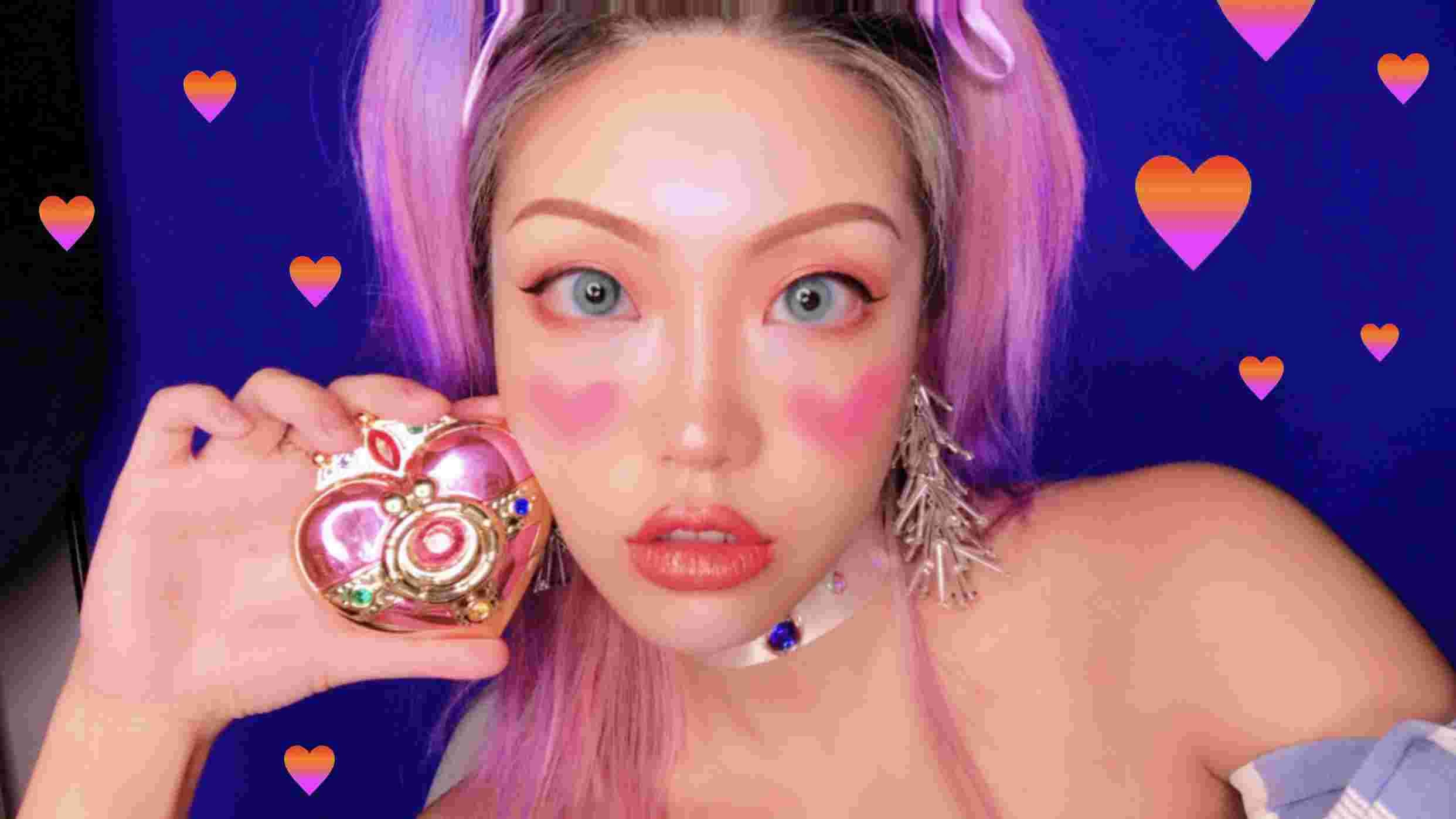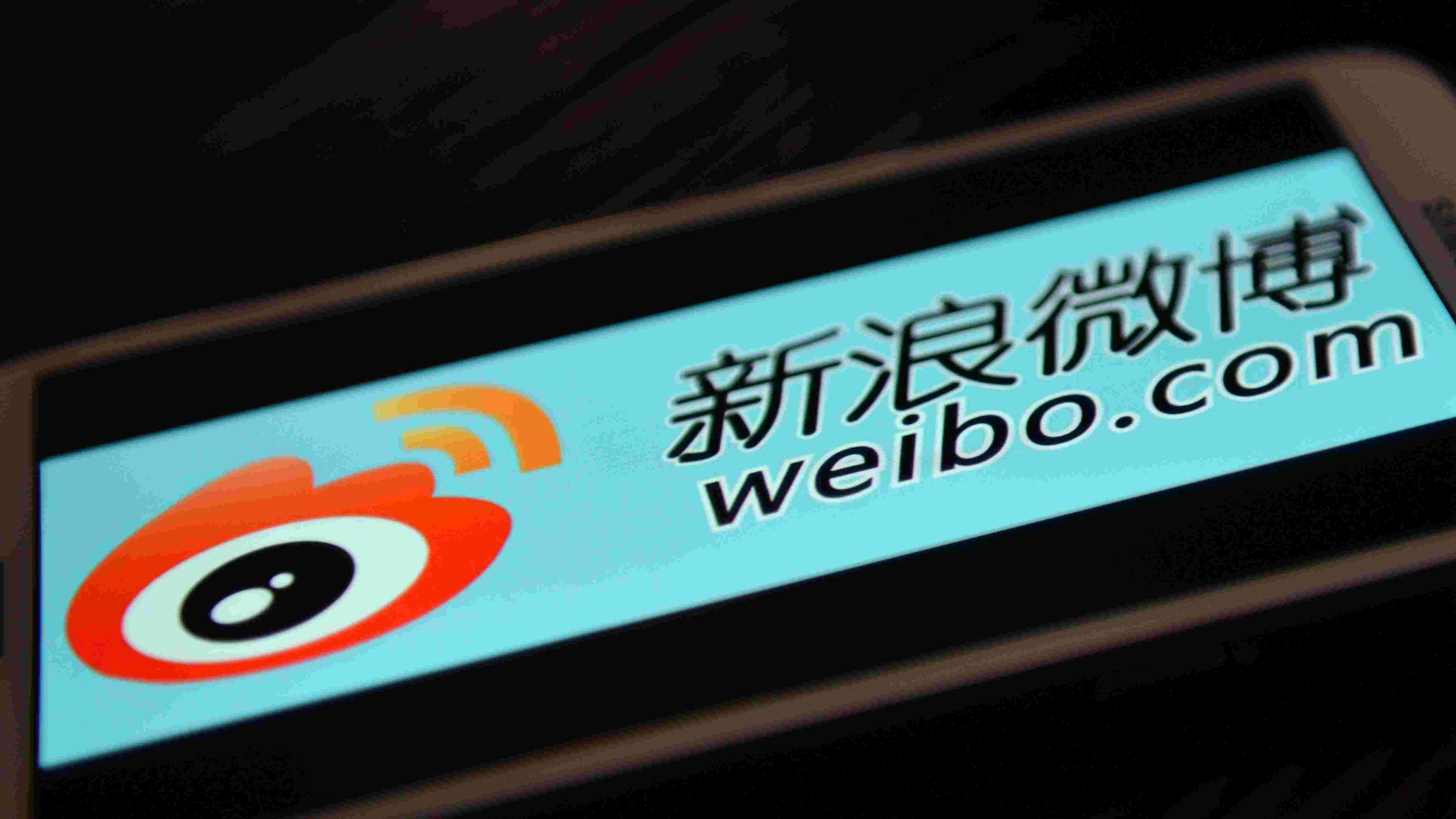
Culture
23:03, 01-Sep-2017
The Millennial Boss: From 'nobodies' to now brand ambassadors and topnotch bosses
Keely Stanley

While the West has had a major influence on China in a number of sectors, China has taken great leaps in the new digital era and left the West behind.
In the West, influencers have been paving the way to the title Millennial Boss for years. Recently, a fashion assistant turned beauty blogger managed a website that has become one of the most popular brands in the US. Emily Weiss, a 32-year-old cosmetic brand creator, has figured out how to hack social media to build a cult-like following.
Her company, Glossier, inspires a kind of loyalty and infatuation unmatched in the traditional fickle beauty space. The brand's popularity is directly related to her ability to cultivate a feeling of friendship and understanding with and among her customers. Just enough reliability is key.
In less than three years, Weiss has raised a total 34.4 million US dollars in venture capital, creating 24 products that relate to real women's needs. She increased her revenue by 600 percent over last year and tripled its active customers in just under the last 12 months. But it took her three years to get to this this level of success... is this the average?

A Chinese girl uses her mobile phone to take pictures in Shanghai on August 30, 2017. / AFP Photo
A Chinese girl uses her mobile phone to take pictures in Shanghai on August 30, 2017. / AFP Photo
China’s KOL Boom!
In the East, the weight that China's KOLs (Key Opinion Leaders) pull is massive. But do they reap the same level of success as influencers do in the West?
CGTN spoke to Elijah Whaley, chief marketing officer for ParkLU – a Chinese influencer platform built by and for Chinese KOLs – and Maggie Fu, a social media beauty influencer and one of China’s premier KOLs, who started their brand @MelilimFu with 20,000 followers and jumped to 45,000 followers under two years.
The power team discussed how Chinese KOLs compare to Western influencers on global exposure and income sustainability, and what’s next in China’s digital era.
China can be an extremely difficult market to break into. Language barriers and cultural differences don’t always make it easy for brands to localize their products into China. Chinese KOLs played a huge role in increasing cross-border partnerships with brands.
ParkLU conducted a case study in 2015 in which they found that China's number one KOL, Zhang Da Yi (@张大奕eve) clocked annual sales of over 1,000,000 yuan. All while growing her fan base over the last two years, she has received attention from deep pocketed western brands – such as Victoria's Secret wanting to invite her to in-person events. She's been getting just as much recognition as a Western beauty icon, Kim Kardashian.
In fact, Whaley mentioned in an interview that in 2017, Zhang earned a whopping 49 million US dollars, while the famous California girl only pulled in 45 million, according to Forbes.
Other thought leaders and lifestyle gurus under ParkLU's radar include Cherie (@雪梨Cherie) with 3.7 million followers on Weibo and Wu Da Wei (@吳大偉DvWooooo) with a fan base of 6.7 million and total sales of 100 million yuan (15 million US dollars) in the last two years. And these are the top of millions KOL on China's social media platforms – WeChat, Weibo, Yizhibo and Miaopai, to name a few.

Chinese mobile phone makers' promotional girls, dressed in fancy costumes, attract customers to a shopping center in Chengdu, China's southwestern Sichuan Province on May 1, 2004. / AFP Photo
Chinese mobile phone makers' promotional girls, dressed in fancy costumes, attract customers to a shopping center in Chengdu, China's southwestern Sichuan Province on May 1, 2004. / AFP Photo
So, how are they different from the West?
West influencers have different approaches to cultivating loyal followers. Their culture is a lot more focused on brand recognition. We see the sponsored posts, giveaways through KOLs, product reviews, but in China, one popular event is the KOL competition.
KOLs from all walks of life are invited to participate in a contest. Brands can ask bloggers to create videos, comics or other materials to enter the contest. The followers are then asked to vote in the competition, which is a great way for brands to connect with their existing followers while attracting new ones.
Whaley said "the value of attention is very high. It’s difficult to buy attention in China. The attention that KOLs now possess and the ability to influence people are very significant. It’s one of the reasons we see KOLs building their own brands. We have @LinForeverGirl who has two brick-and-mortar stores in Shanghai. The highest grossing Taobao and Tmall stores are run by KOLs. (These influencers) are selling cars, houses, and millions of dollars in minutes and brands can’t do that because they didn’t build those types of channels.”

Weibo.com / AFP Photo
Weibo.com / AFP Photo
How do they use their platforms to help them sustain respectable income?
Chinese KOLs have the ability to do more on social platforms than what has been used in the West. Whitley said China's social media platforms are “a bit more effective. So the exchange in that this way is good. Because the platforms themselves are designed in unique ways, where you can go directly into social content to commerce quite easily, all of them having natively integrated payments, and e-commerce capabilities create a really unique opportunity for brands.”
He said, e-commerce stores like Amazon also struggle with comparison with China’s giant commerce stores, JingDong (JD.com) and Taobao.
He continued, “Amazon is still just a buy and search platform, whereas Jing Dong and Taobao have become social sharing distribution platforms in their own rights. You can go into live streams and directly purchase items you see on the screen and that creates some unique environments that you just don’t see in the West.”

Courtesy of @MelilimFu
Courtesy of @MelilimFu
So, what’s next? With the billions of Chinese influencers racing up the path, will KOLs eventually fade out?
Because of all the money and investment that is going into this era, Whaley believes live streaming is going to be the new TV. Social media content is going to become very high-scale and high-level quality. There will be more regular shows that people watch. Social media will be the place where people go for information when they want to buy something or simply cuddle up and cry. It will all become more standardized and more professional and KOLs will have a huge role in all of this, he noted.
From the creative side, Fu says today there are so many KOLs in China. It’s difficult for them to find more ways to stay relevant and creative.
“How to be unique and build a niche style can be the most difficult part now.”
Fu hopes to bring a really unique engaging style to her audience as the next step for her brand @Melilim Fu.
With some exciting business ventures underway, they hope to unveil new opportunities for engagement with their audience next month.

SITEMAP
Copyright © 2018 CGTN. Beijing ICP prepared NO.16065310-3
Copyright © 2018 CGTN. Beijing ICP prepared NO.16065310-3